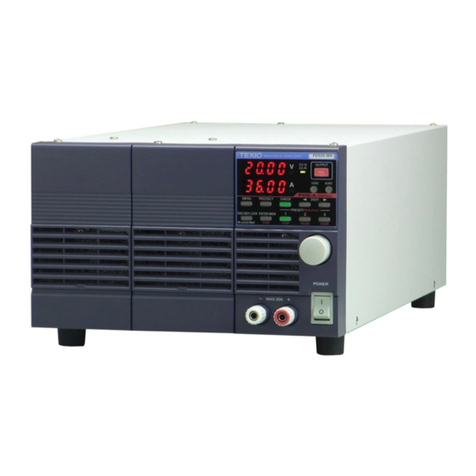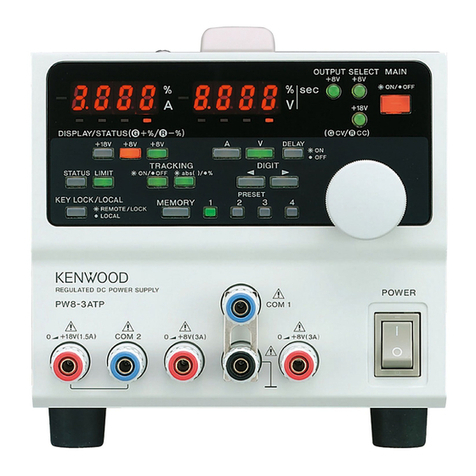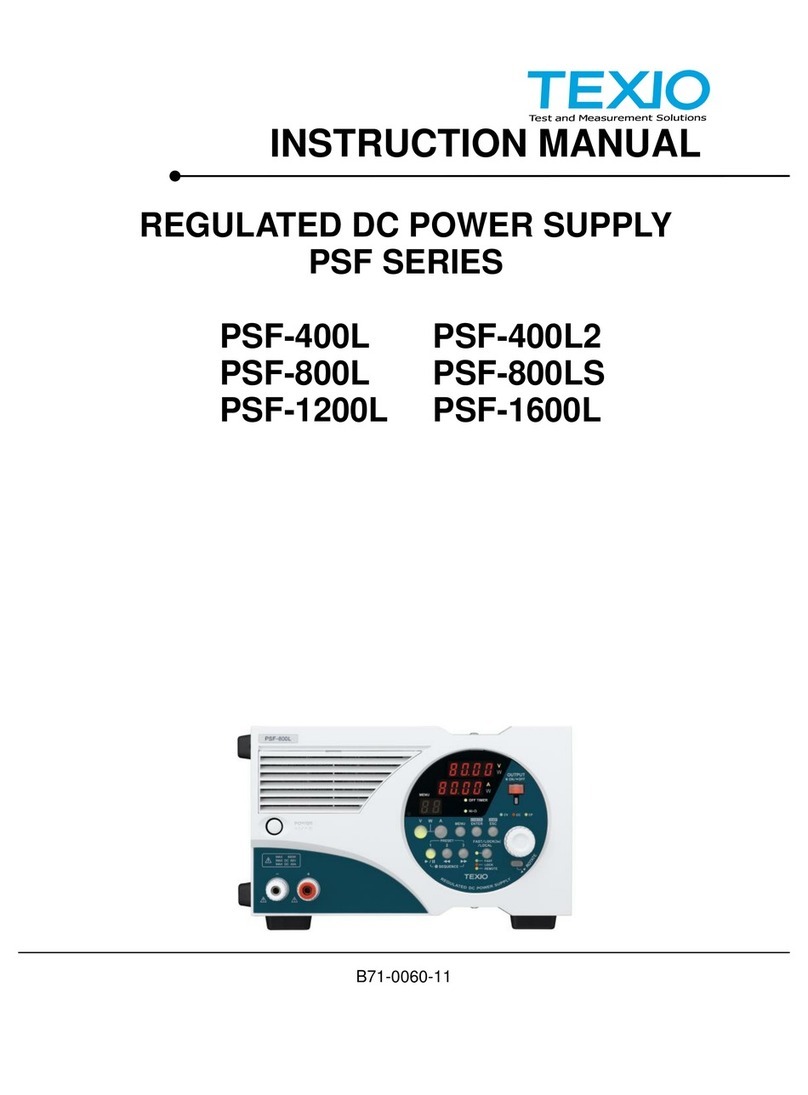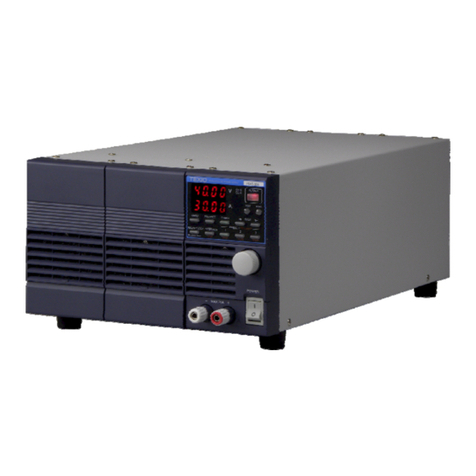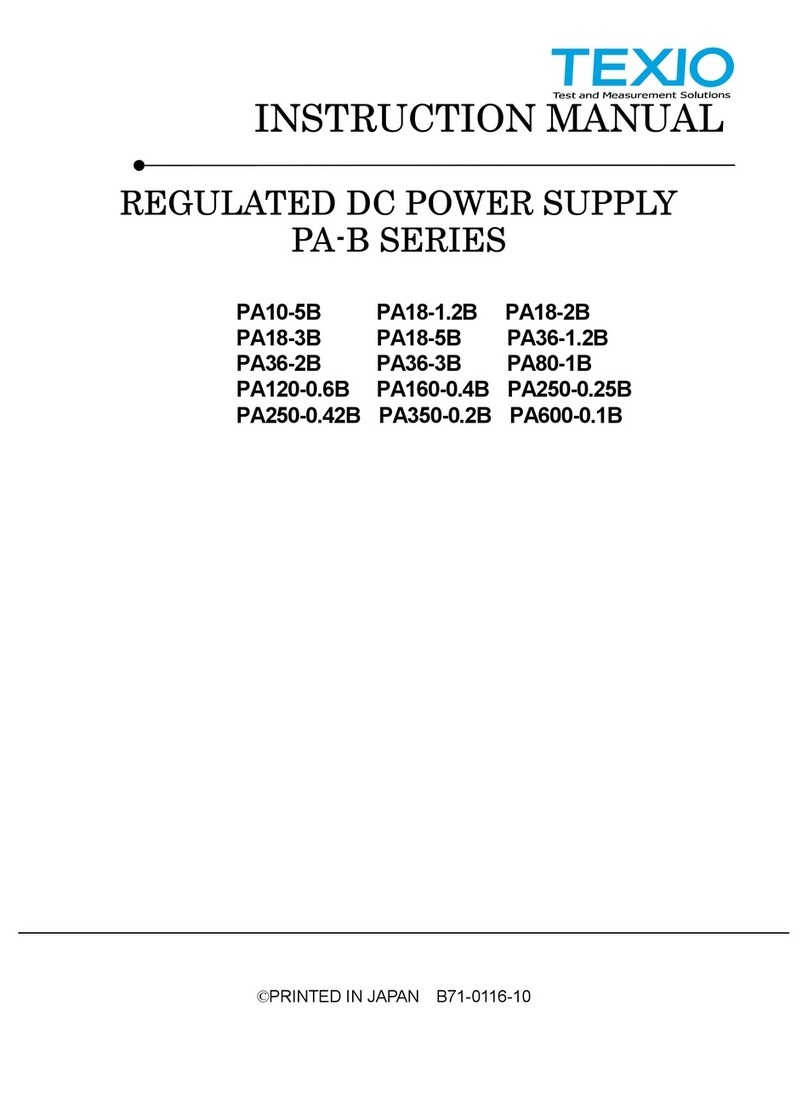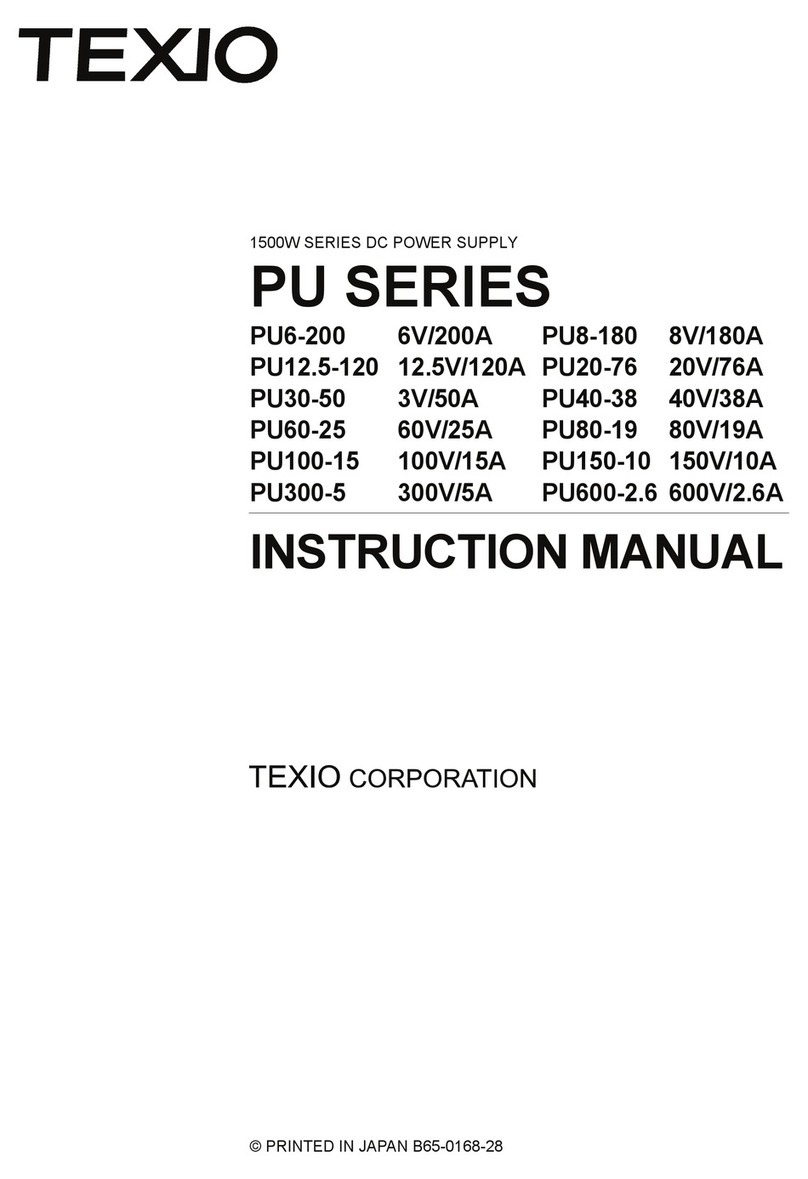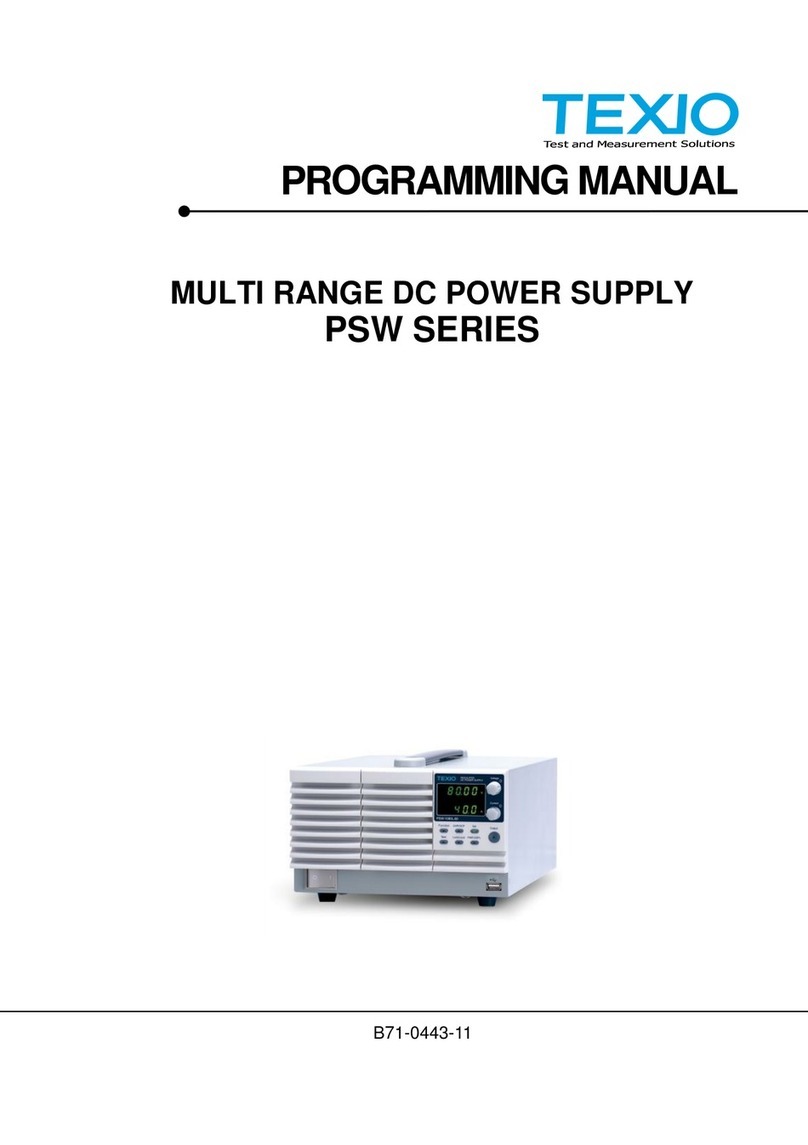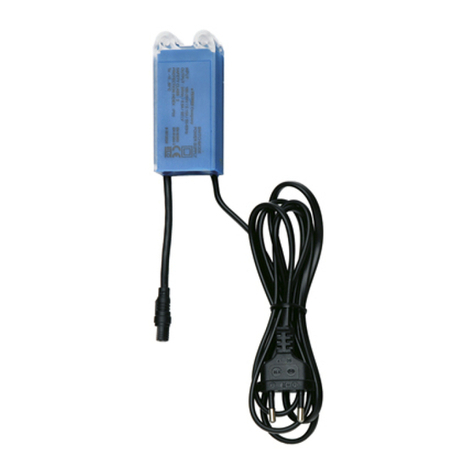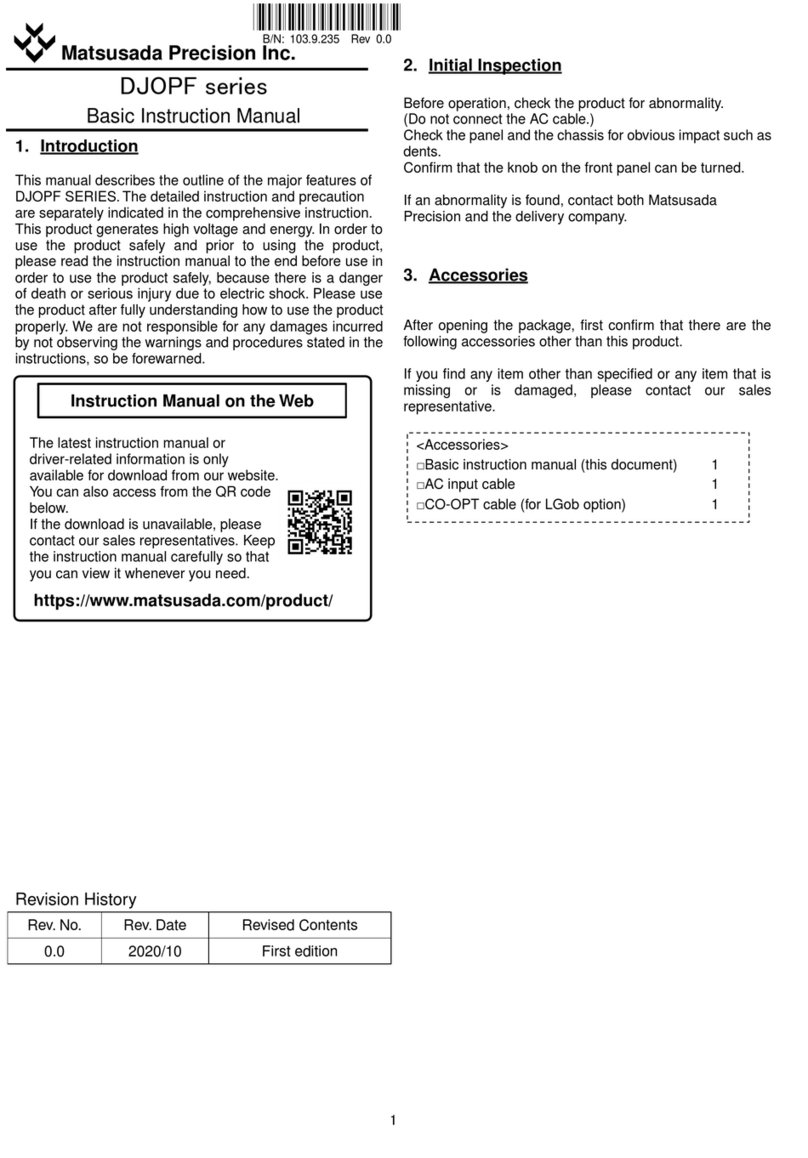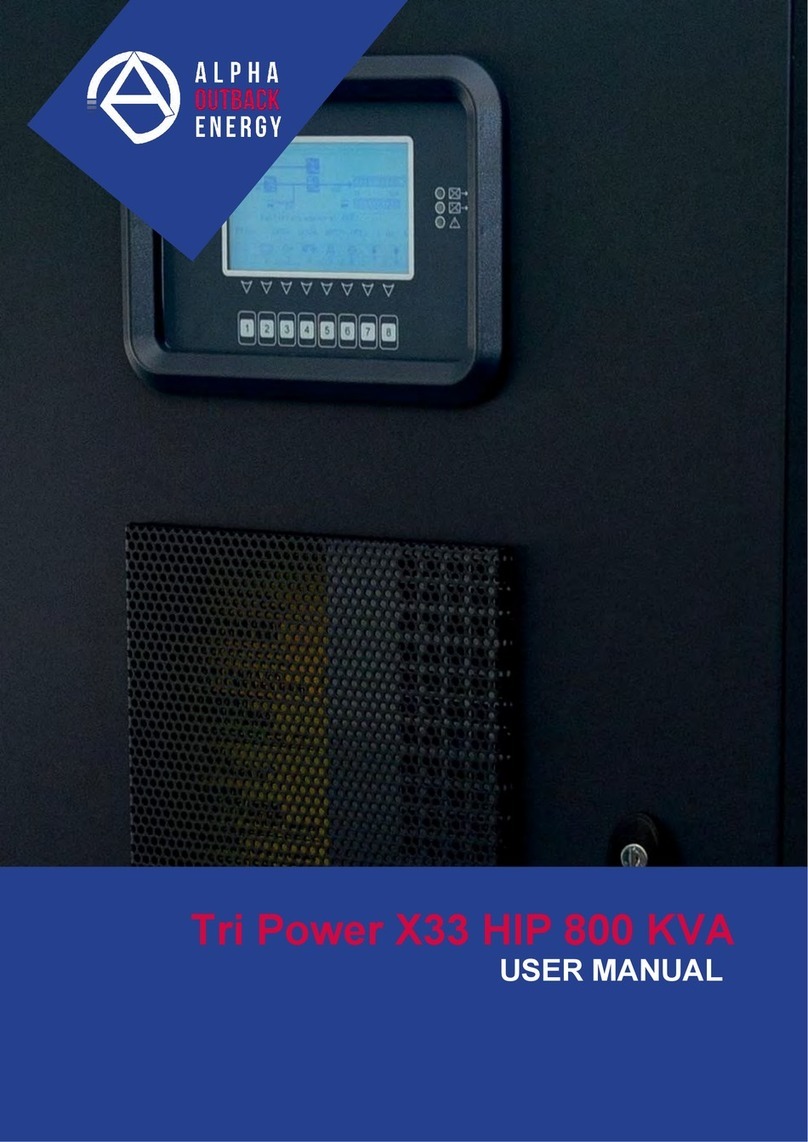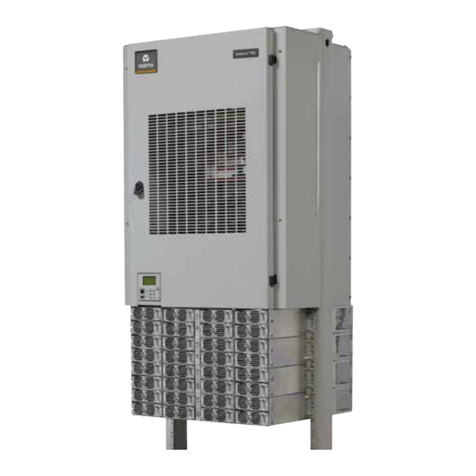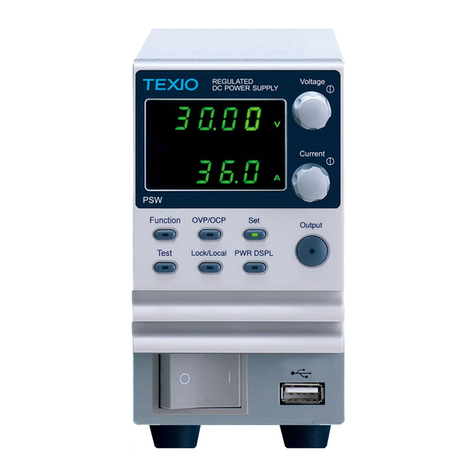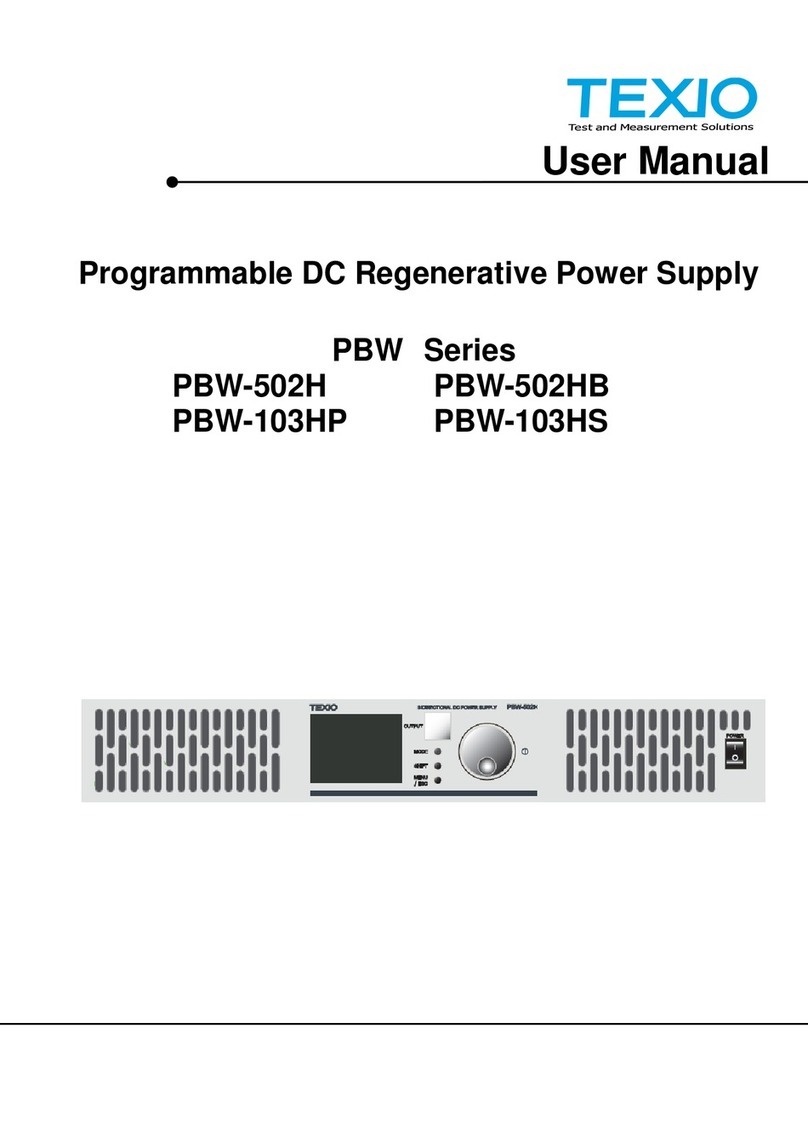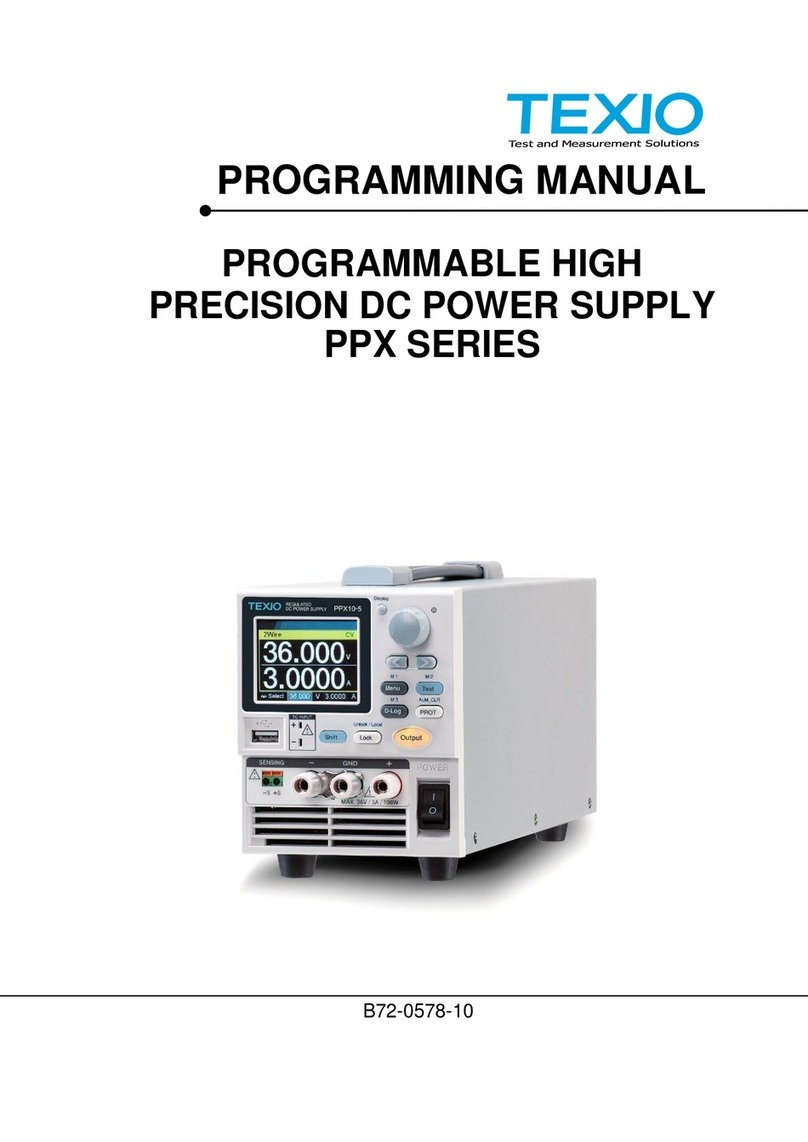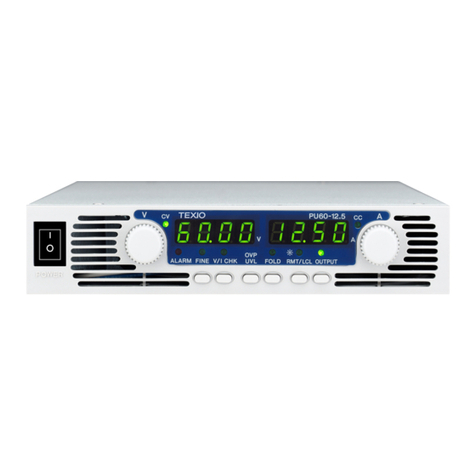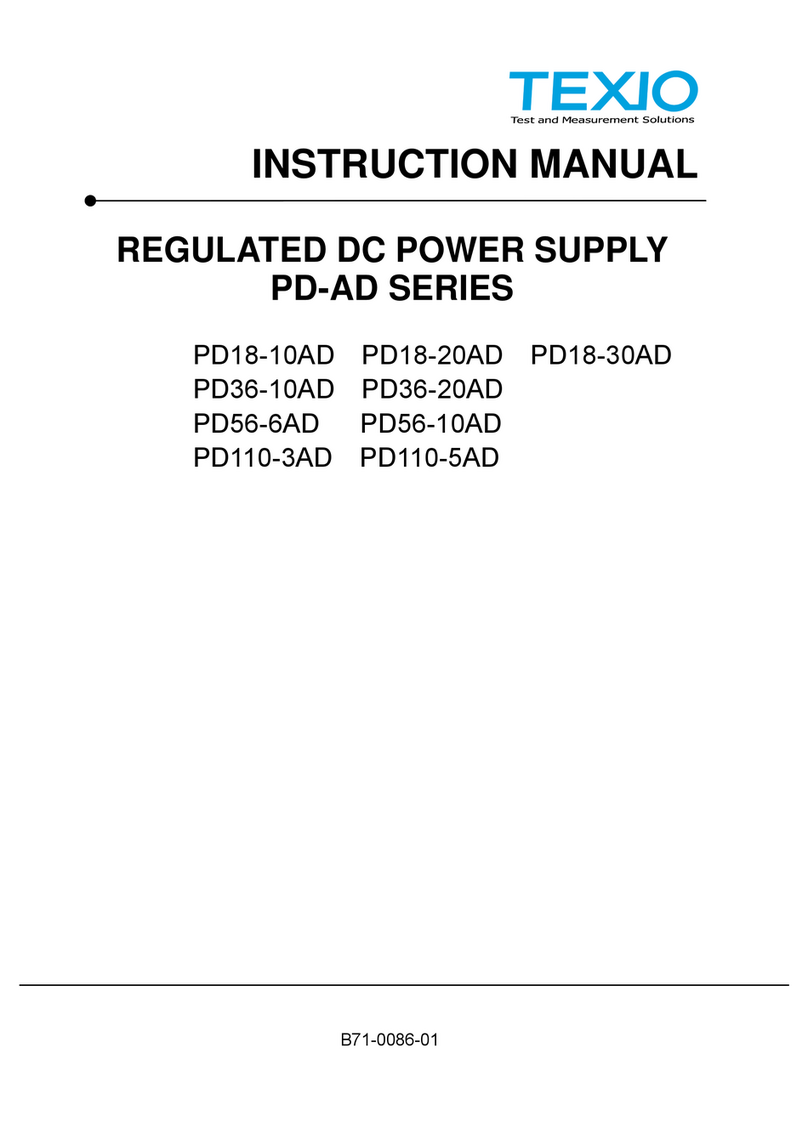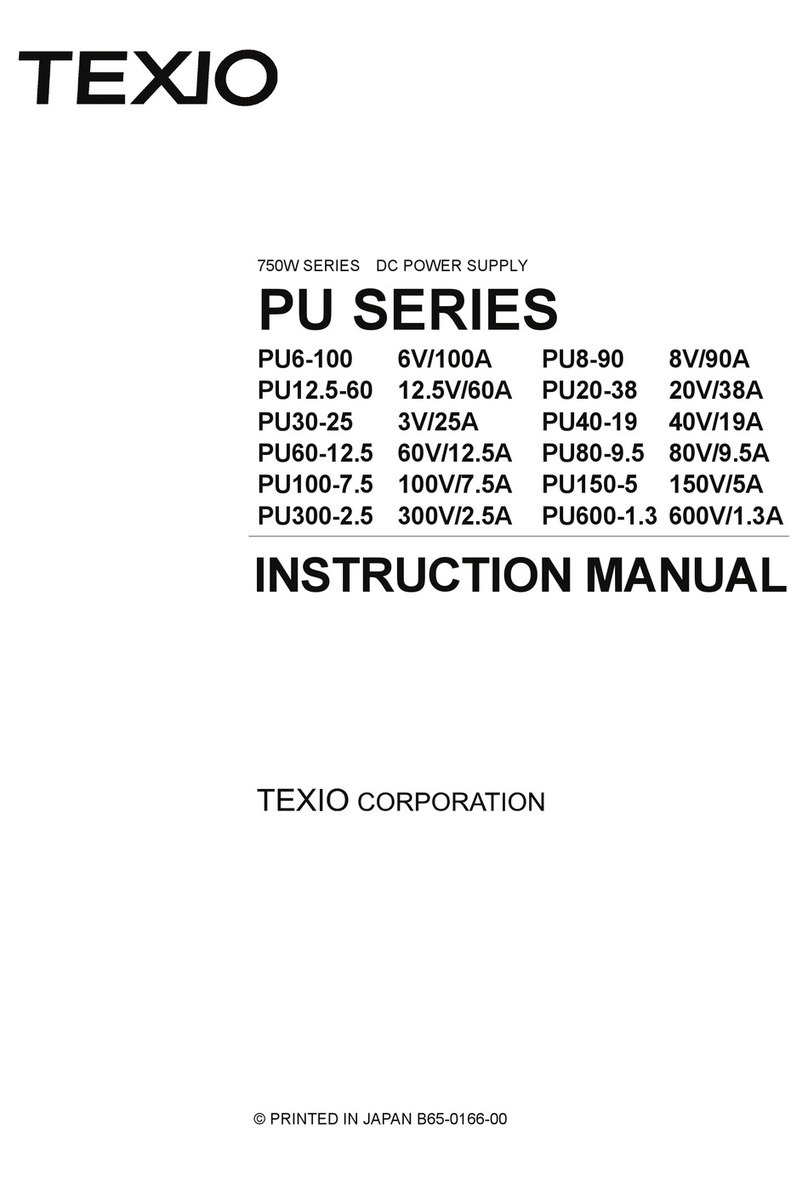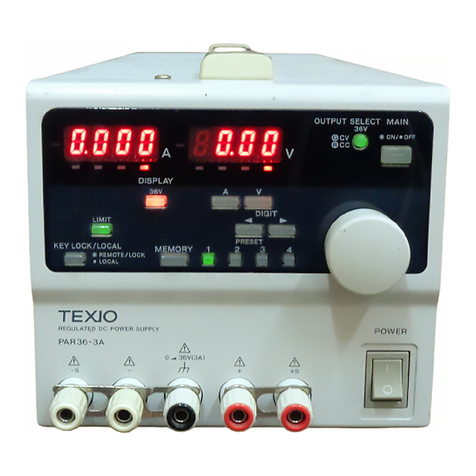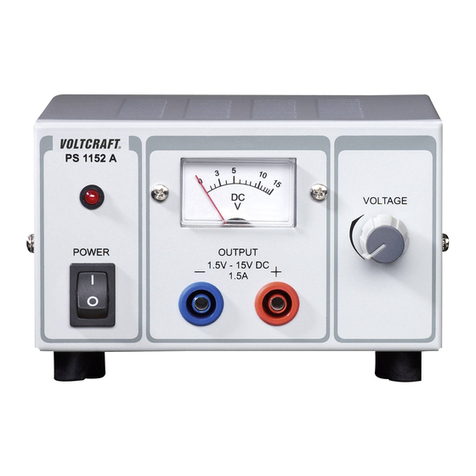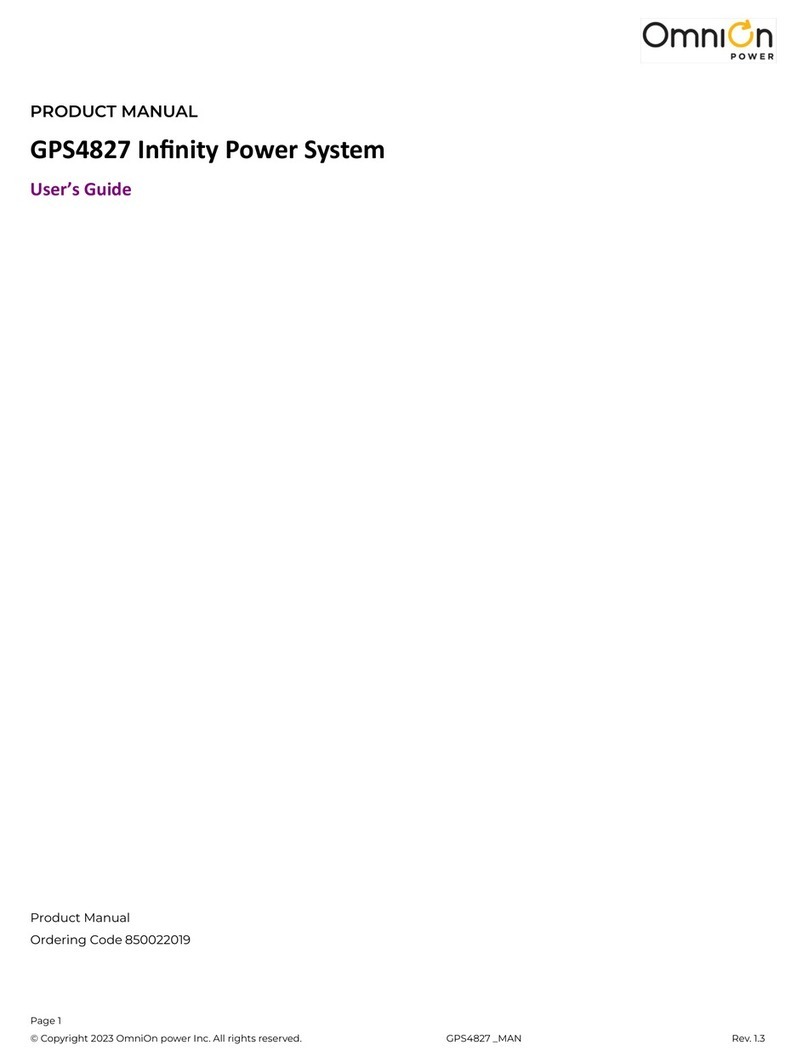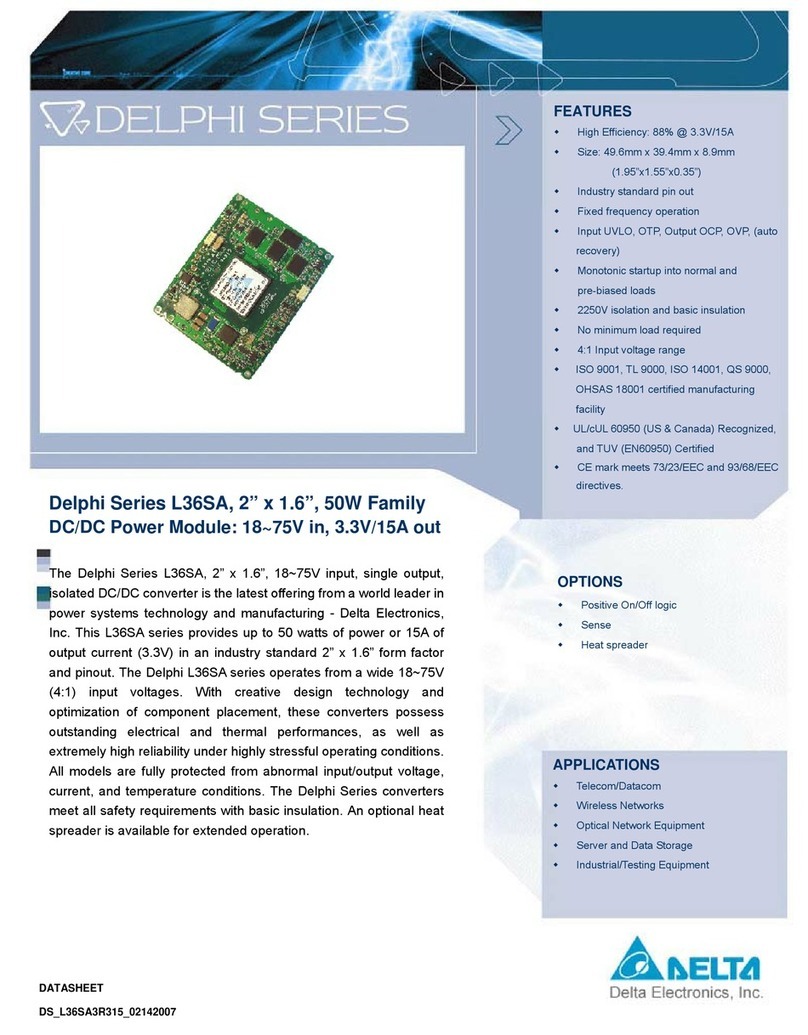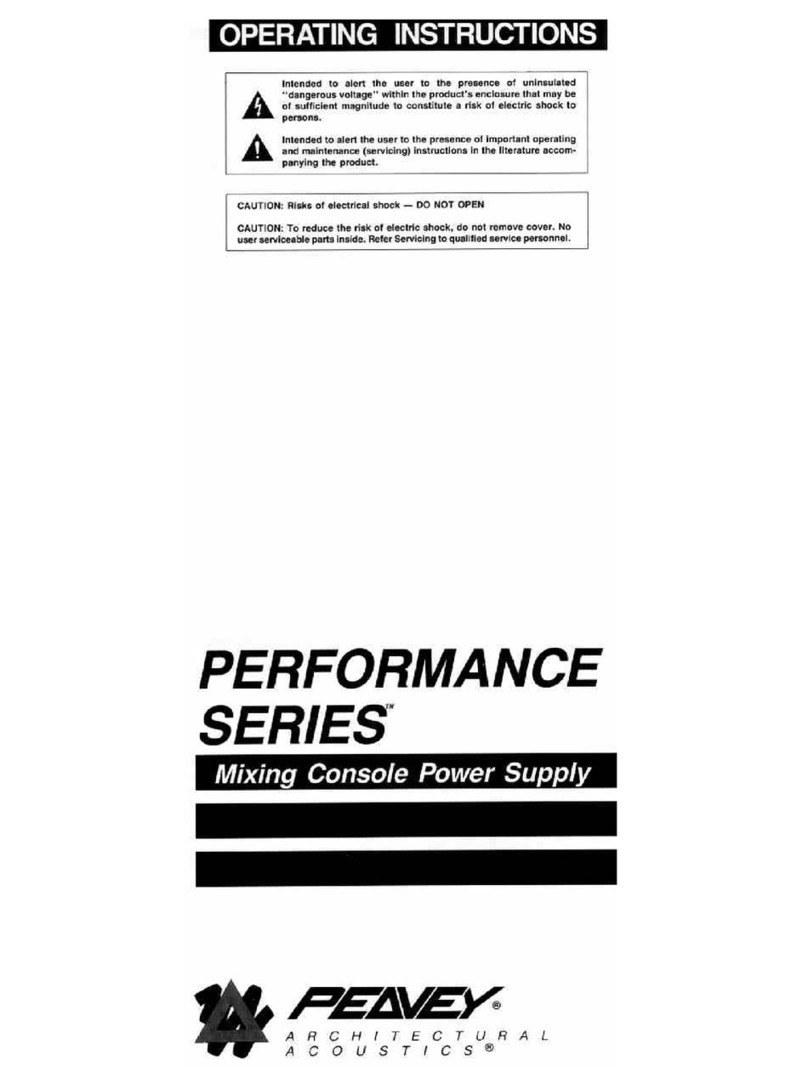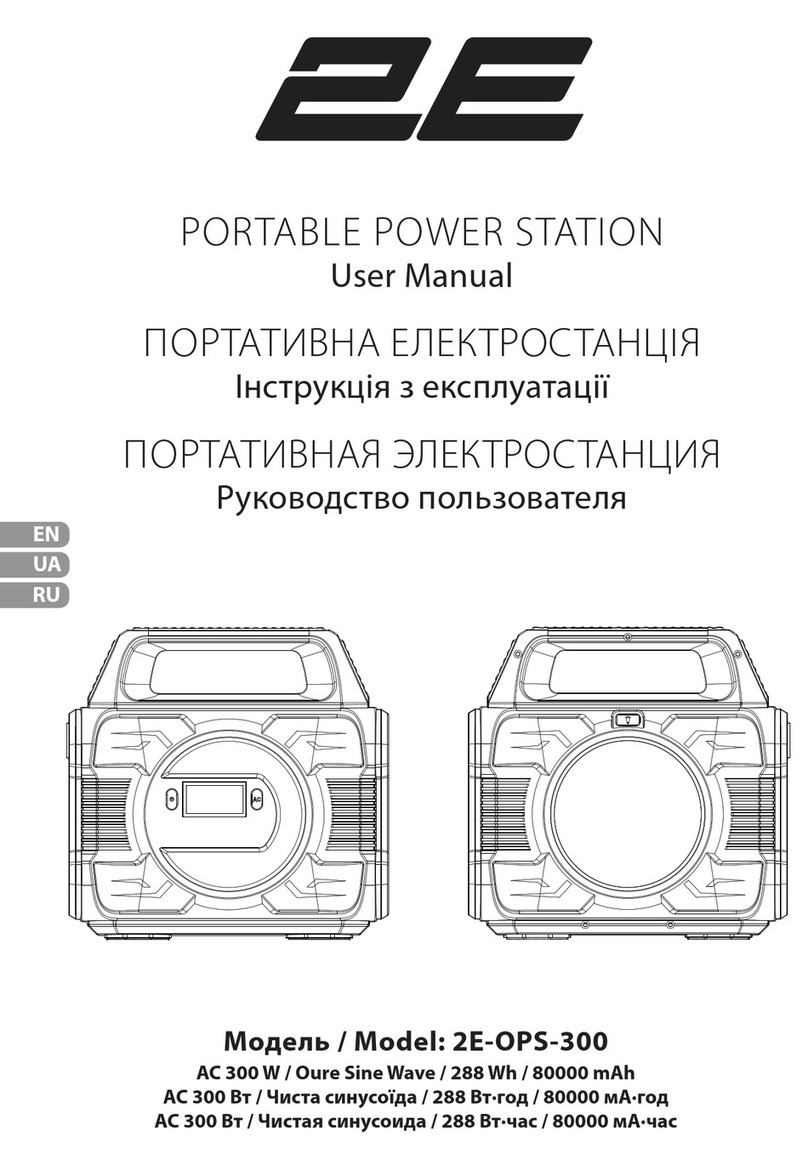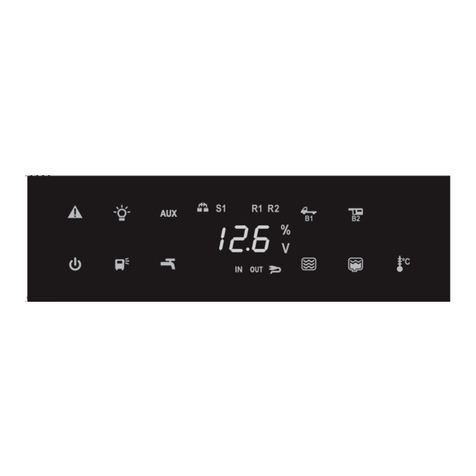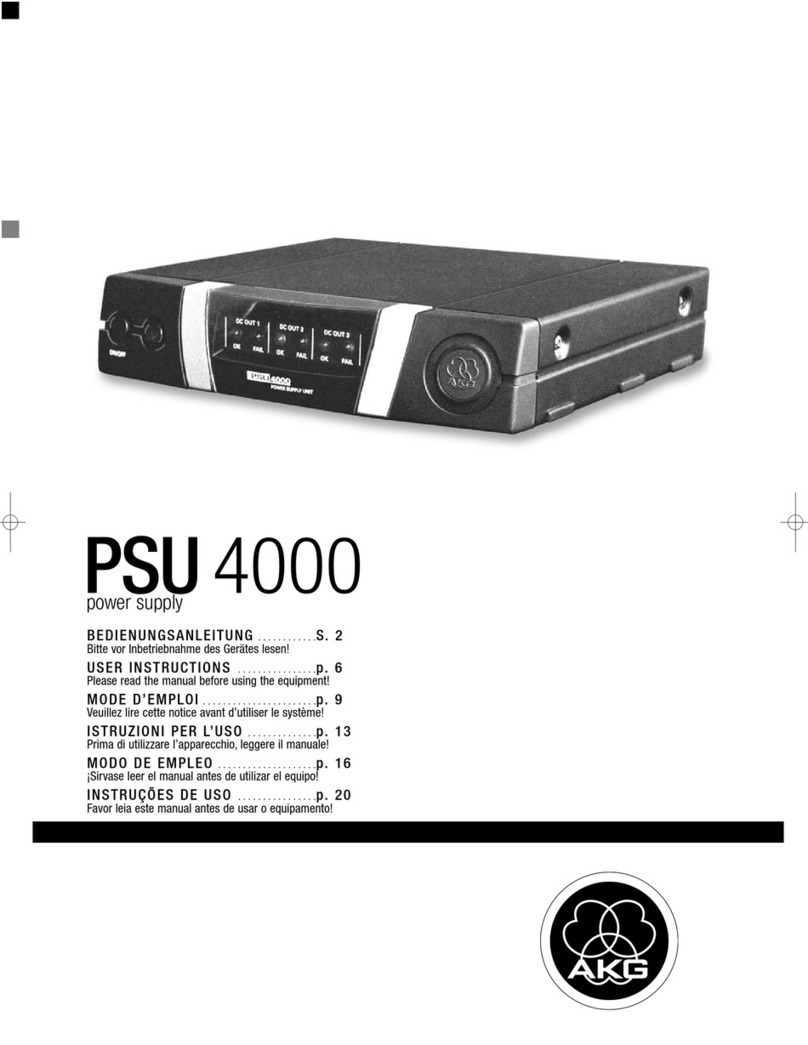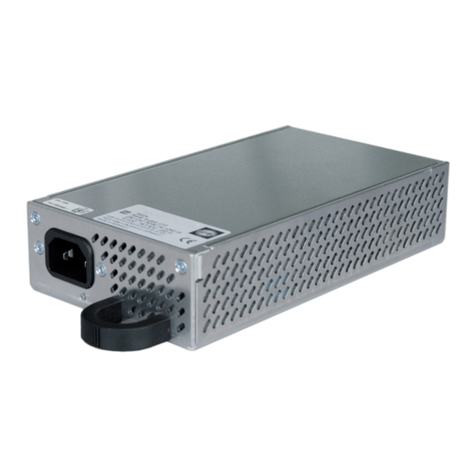CONTENTS
USING THE PRODUCT SAFELY ···························Ⅰ-Ⅳ
1. GETTING STARTED ...................................................1
1-1. PFR-100 Series Overview...............................................1
1-1-1. Series lineup .....................................................................................1
1-1-2. Main Features...................................................................................1
1-1-3. Accessories.......................................................................................2
1-2. Appearance....................................................................3
1-2-1. Front Panel........................................................................................3
1-2-2. Rear Panel........................................................................................5
1-3. Theory of Operation .......................................................7
1-3-1. Operating Area Description...............................................................7
1-3-2. CC and CV Mode..............................................................................8
1-3-3. Slew Rate..........................................................................................9
1-3-4. Bleeder Control.................................................................................9
1-3-5. Sink Current Table ..........................................................................10
1-3-6. Alarms.............................................................................................11
1-3-7. Considerations................................................................................11
1-3-8. Grounding .......................................................................................13
2. OPERATION.............................................................15
2-1. Set Up ......................................................................... 15
2-1-1. Power up.........................................................................................15
2-1-2. Wire Gauge Considerations............................................................15
2-1-3. The Rear Panel Output Terminal ....................................................16
2-1-4. The Front Panel Output Terminal....................................................17
2-1-5. Using the Output Terminal Cover....................................................18
2-1-6. Using the Rack Mount Kit................................................................19
2-1-7. How to Use the Instrument..............................................................19
2-1-8. Reset to Factory Default Settings....................................................20
2-1-9. View System Version and Build Date..............................................21
2-2. Basic Operation............................................................ 23
2-2-1. Setting OVP/OCP/UVL Levels ........................................................23
2-2-2. Set to CV Mode...............................................................................25
2-2-3. Set to CC Mode...............................................................................27
2-2-4. Display Modes.................................................................................29
2-2-5. Panel Lock ......................................................................................29
2-2-6. Preset Memory................................................................................30
2-2-7. Remote Sensing..............................................................................31
2-3. Test Script.................................................................... 33
2-3-1. Test Script File Format....................................................................33
2-3-2. Test Script Settings.........................................................................33
2-3-3. Setting the Test Script.....................................................................33
2-3-4. Load Test Script from USB drive.....................................................34
2-3-5. Run Test Script ...............................................................................35
2-3-6. Export Test Script to USB ...............................................................36
2-3-7. Remove Test Script.........................................................................37
2-3-8. Checking the Available Memory......................................................37




















